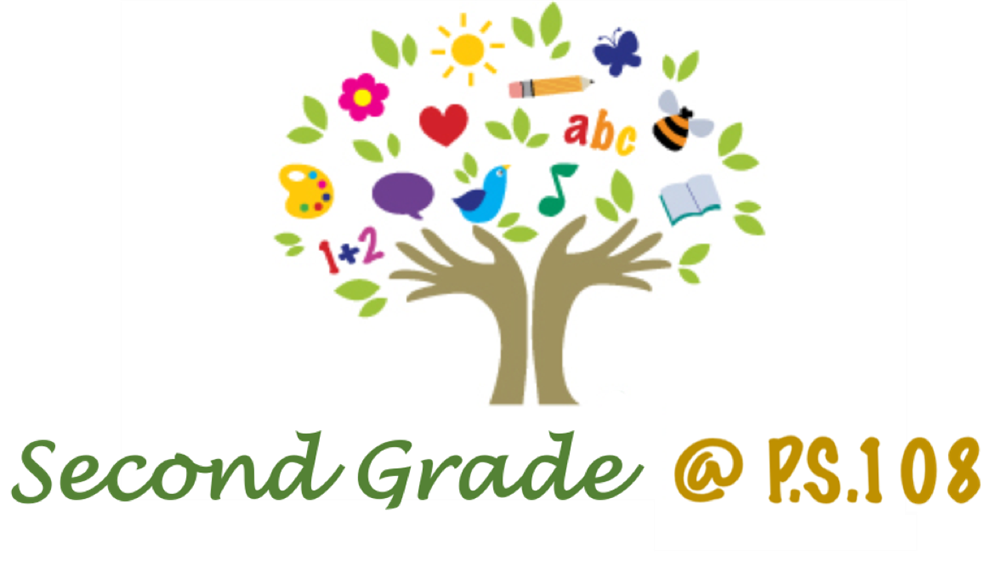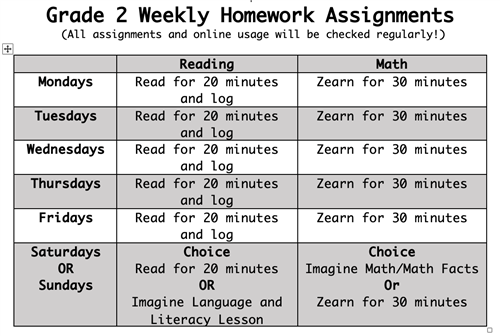
-
May/June: What is Grade 2 studying?
Grade 2
ELA:
Module 4: Providing for Pollinators
Module Summary:
Students will continue to build on their knowledge of pollinators from Module 3 as they deepen their literacy skills and build citizenship. Specifically, students explore the module guiding questions: “Why should people help pollinators to survive? How can I take action to help pollinators?”
Unit Tasks:
- Reading folktales and fables and recounting the story elements; determining the central message based on the character’s response to challenges
- Students will read informational resources and write an opinion using reasons to support their view.
- Students will take action by creating and gifting a wildflower seed packet and provide reasons why they should support butterflies.
Eureka Math:
Module 7: Problem Solving with Length, Money, and Data
- Problem solving with data, coins and bills, and customary and metric units
- Measuring and estimating length using customary and metric units
- Displaying measurement data
Module 8: Time, Shapes, and Fractions as Equal Parts of Shapes
- Attributes of geometric shapes
- Composite shapes and fraction concepts
- Halves, thirds, and fourths of circles and rectangles
- Application of fractions to tell time
-
Second Grade Homework, What to expect?
Homework is a crucial part of your child's active learning process and essential to their academic progress. Please make sure that all homework is completed daily.
-
Read daily for at least 20 minutes and log - Students have paper logs that need to be initialed by a parent or caregiver and returned to school daily.
-
Zearn for 30 minutes - MAKE SURE YOU SIGNOUT USING THE BLUE ZEARN BUTON TO SAVE YOUR PROGRESS!
 The following links can be used at home to reinforce reading and math skills:
The following links can be used at home to reinforce reading and math skills:- www.factmonster.com
- http://www.earobics.com/gamegoo/gooey.html
- http://www.coolmath4kids.com
- http://www.funbrain.com
- http://www.primarygames.com
- http://www.aaaknow.com
- http://www.kids.nationalgeographic.com
-

